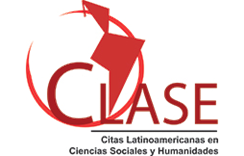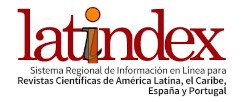Submissions
Submission Preparation Checklist
As part of the submission process, authors are required to check off their submission's compliance with all of the following items, and submissions may be returned to authors that do not adhere to these guidelines.- The text is unpublished and has not been submitted to another journal or event.
- The text does not present (in the attached file) any element of authorship identification, in order to enable blind evaluation.
- Co-authors (if applicable) were duly registered in metadata.
- At least one of the authors has a doctor's degree.
-
Author and co-author information was inserted in the metadata section, in the following format:
Higher title, professional link, city, state, country, e-mail. Example: PhD in Regional Development (UNITAU), professor at the University of Taubaté, Taubaté - SP, Brazil. E-mail: name@unitau.br
Copyright Notice
Authors who have their papers accepted and published in the Brazilian Journal of Regional Management and Development must agree to the copyright policy CC BY https://creativecommons.org/licenses/by/4.0/.
If the article is accepted for publication, the copyright is automatically assigned to the Brazilian Journal of Regional Management and Development.
Privacy Statement
The names and email addresses entered in this journal site will be used exclusively for the stated purposes of this journal and will not be available for other purposes.
















